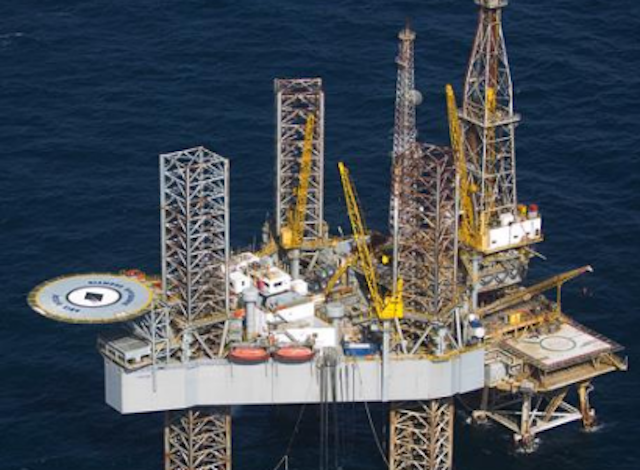Back on Feb. 9, I had an email conversation with Richard Sanchez, an analyst with IHS Energy-Petrodata MarineBase in Houston. At the time, the price of a barrel of oil had just fallen below $28. Since then, IHS has merged with London based Markit and Sanchez is now an analyst with IHS Markit-MarineBase. In addition, the price of a barrel of oil is about $20 more ($47.27) than it was in early February.
Much has been written in the last several weeks about the turnaround in the price of a barrel of oil and what it means for the Gulf of Mexico. So, Sanchez and I had another conversation via email. My questions and his responses follow:
WorkBoat: Are you more optimistic about the offshore oil industry in the Gulf of Mexico today than you were in March at the WorkBoat Regional Summit: OSV Outlook for 2016 and Beyond, which was held in Houston?
Richard Sanchez: No, I continue to believe the offshore industry will continue to suffer from a lack of investment. The sanctioning of new projects will be insufficient to absorb the oversupply of rigs and vessels. Even when activity begins to return, dayrates are expected to lag behind. I'm afraid a recovery in the offshore oil and gas industry will not materialize until 2018/2020. I have a reputation for being pessimistic. I've been called Doctor Doom.
WorkBoat: How much longer do you see the price of oil having this ping-pong effect — bouncing up and down, $5 moves one way or another — before a more stable price will be seen. And what will that price likely be?
Sanchez: Some oil price analysts believe we have turned a corner and that 2017 will be a solid year of slowly rising oil prices; however, I'm still skeptical that we are not out of the woods. Their premise is that the lack of investment and natural declines oil production will tip us into drawing down the oil glut, but what about that all the oil in storage? The world still needs to work through all of this oil in storage. Volatility and uncertainty discourages long-term capital investment. A steadily rising oil price is more likely to stimulate investment. I'm still leaning toward volatility.
WorkBoat: Has OSV utilization in the Gulf increased over the past four months? Will it increase over the next four months?
Sanchez: No. In the U.S. Gulf, OSV utilization across market categories has continued to fall over the last four months. While shallow water OSVs have suffered the worst of it with utilization below 20%, PSVs greater than 4,000 dwt. have seen utilization drop from 80% to 56% over the last four months. Overall, operators have continued to reduce offshore activity and cut spending. If any relief is to be had it will not show up until the 2017 budgets kick in.
WorkBoat: What percentage of the OSVs now stacked never come back into the mix?
Sanchez: That's hard to say, but I think more than half of the stacked OSVs will not be commercially viable in the future. The proliferation of cheap new tonnage around the world will make it hard for older vessels to compete. Where older vessels might have migrated into secondary markets, they are now likely to find severely discounted newbuilds from Asian shipyards. They haven't stopped building vessels!





